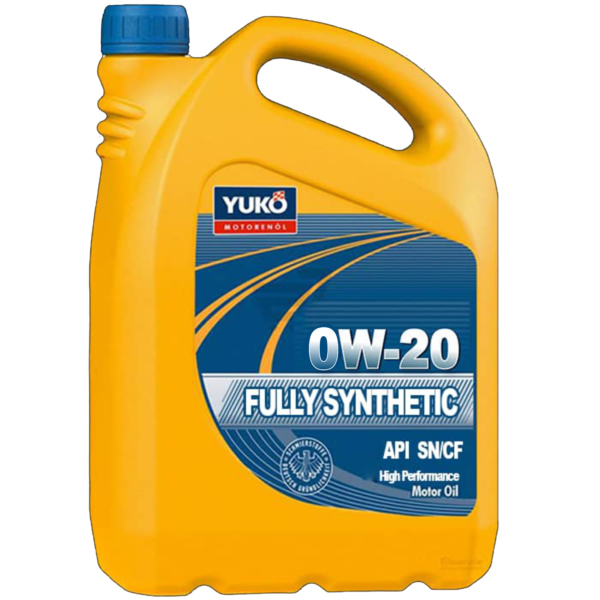
ENGINE OIL 101
Explained Engine oils have different grades which are differentiated on the basis of their viscosities. Viscosity is the quantity expressing the internal friction of the fluid.
Different engine oils have different viscosities at room temperature and also react differently to temperature changes.
Selecting an engine oil grade for your car depends upon your car’s engine and also the place you are driving in.
What does 20W-50 mean in engine oil?
The engine oil grade consists of 4 characters. Here we explain the meaning of each of them:
20W represents the viscosity of the oil in cold conditions. Were the W stands for winter and represents the oil characteristics at cold start.
The smaller the number, the better will be the flow. For instance, a 5W-30 oil will have a better cold flow than 10W-40 engine oil.
The number in the following part is the indication of how the finely the oil will flow at normal operating temperature once it is achieved.
A 10W-30 engine oil will have a better flow than the 10W-40 engine oil at normal operating temperature.
TYPES OF ENGINE OIL
These are mainly;
Mineral Engine Oil
This is the lowest form of engine Oil. It is considered as the genesis that paved the way for modern engine oils.
Mineral oils are refined petroleum oils which undergo treatment to function under a wide temperature range and are marketed significantly cheaper compared to the other two varieties of oils.
These days, Mineral oils are used in older vehicles and motorcycles. The biggest drawback with mineral oil is that they offer little to no lubrication and protection against friction-induced heat.
Also, they perform very inefficiently in colder temperatures and are more susceptible to breakdown during high temperature uses.
Mineral oil also requires more frequent replacement as they last not more than many kms.
Semi-Synthetic Engine Oil
This is in between Mineral and Full Synthetic oil.
Semi-Synthetic oil is a combination which offers the affordability of mineral and the performance of synthetic.
Semi-synthetic offer as much as three times the protection compared to mineral oils.
Semi-synthetic oil, also known as synthetic blend oil has a small amount of synthetic engine oil blended in with mineral oil to boost its properties without escalating the cost by much. The addition of synthetic oil enhances its viscosity and wear resistance at higher temperatures and stress. Synthetic-blend engine oils can also offer better performance at lower temperatures compared to mineral oils.
Full Synthetic Engine Oil
Full synthetic engine oil delivers excellent protection and aides in better fuel efficiency. Synthetic oils go through extensive laboratory treatment that makes them significantly the other types of oils.
Full synthetic oil function at their optimum in both low and high temperatures, or under extraordinary stress.
The science behind manufacturing synthetic engine oil is an expensive and painstaking one, which makes synthetic oils significantly costly and better than other types of oils.
